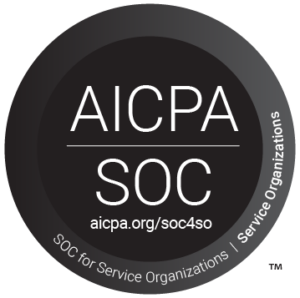SAP ERP: A Journey Through Time – From Legacy Systems to the Future of Business
For over four decades, SAP ERPs have been the backbone of countless organizations. Let’s embark on a journey through time, exploring the evolution of SAP solutions from their humble beginnings to the cutting-edge world of S/4HANA and the potential future holds.
The Legacy of ECC: A Long and Storied Past
SAP’s story starts in the 1970s with the introduction of their first ERPs, initially focused on financial management. The R/2 system paved the way for the revolutionary R/3 release in 1992, a comprehensive ERP suite. Fast forward to 2004, and the R/3 system transitioned to the SAP ERP Central Component (ECC), signifying the culmination of this era. While many businesses still rely on ECC, SAP’s mainstream support for this legacy system is scheduled to end in 2025.
The Rise of HANA: A New Era of Speed and Efficiency
The future belongs to SAP HANA. This innovative platform leverages in-memory computing to dramatically enhance the speed and efficiency of SAP applications and the underlying business processes. Beyond in-memory capabilities, HANA boasts a simplified data structure, leading to overall performance improvements. Real-time data visibility and advanced analytics empower businesses to make data-driven decisions and adapt to ever-changing market conditions.
S/4HANA: The Future of Intelligent Business
Introduced in 2015, S/4HANA represents the next generation of SAP ERP. Built specifically for the HANA platform, S/4HANA tackles common challenges like data sprawl, batch processing delays, and manual workflows. Furthermore, it features the award-winning SAP Fiori user experience, designed for simplicity and ease of use.
The Power of S/4HANA: Unleashing the Potential
S/4HANA offers a unique architecture with columnar data storage and in-memory processing, enabling near real-time analytics. Businesses gain access to real-time decision support, incorporating internal and external data sources to fuel informed decision-making. Most importantly, S/4HANA empowers organizations to thrive in the digital economy, providing a platform for continuous innovation.
Planning for the Future: Charting Your Course
Migrating to a new SAP landscape is a strategic decision impacting every aspect of your business. While the current ECC system may still function, it’s crucial to consider the future potential of S/4HANA. Organizations using ECC may benefit from a staged approach, transitioning first to SAP Business Suite on HANA and then migrating to S/4HANA. Upgrading to SAP Business Suite on HANA offers a solid ROI while minimizing disruption. This approach can pave the way for a future cloud migration to the SAP HANA Cloud Platform (HCP).
Considering a Cloud-First Approach with RISE with SAP
For organizations seeking a faster path to S/4HANA and the benefits of cloud deployment, SAP offers RISE with SAP. This innovative solution combines S/4HANA Cloud with a comprehensive suite of services, including:
- Migration assistance: Experts help you migrate your existing ECC data and processes to S/4HANA Cloud.
- System and application management: SAP handles the ongoing management of your S/4HANA Cloud environment, freeing your IT resources to focus on core business initiatives.
- Continuous innovation: RISE with SAP ensures you have access to the latest S/4HANA features and functionality as they become available.
Choosing the Right Path for Your Business
Whether you opt for a traditional on-premise migration or a cloud-first approach with RISE with SAP, careful planning is key. 1st Basis Consulting can help you evaluate your options, assess your specific requirements, and develop a customized migration strategy that aligns with your long-term business goals.






